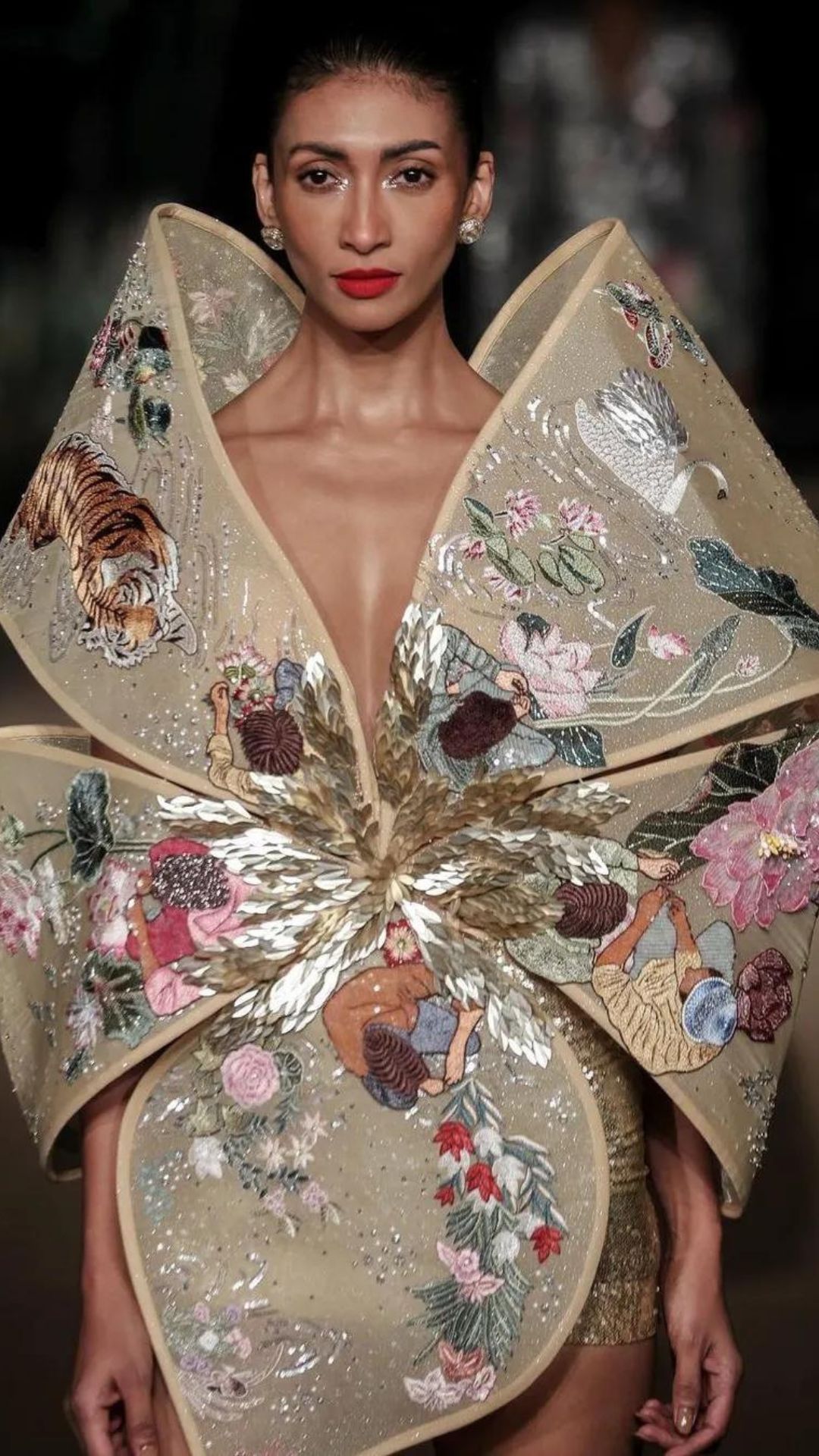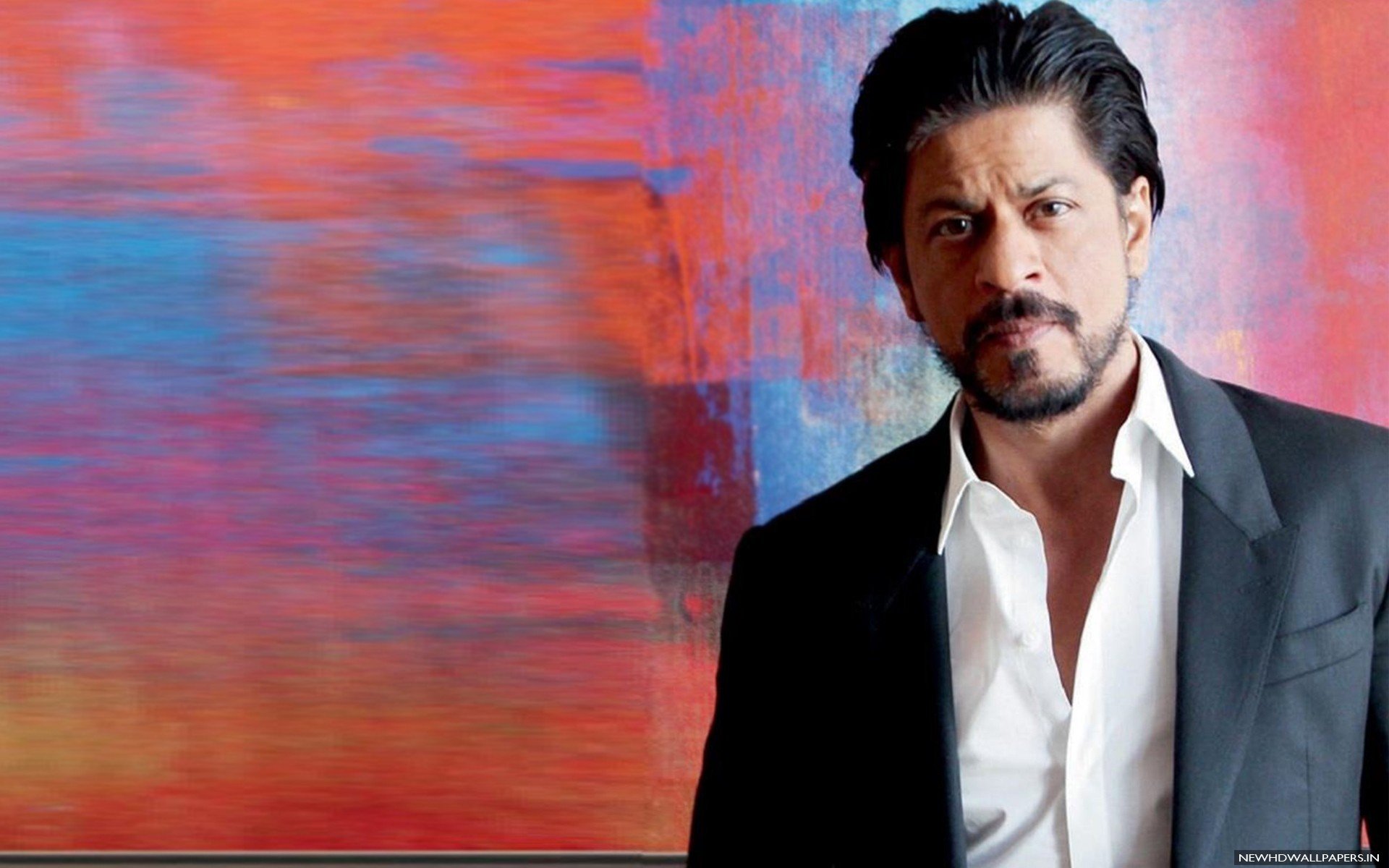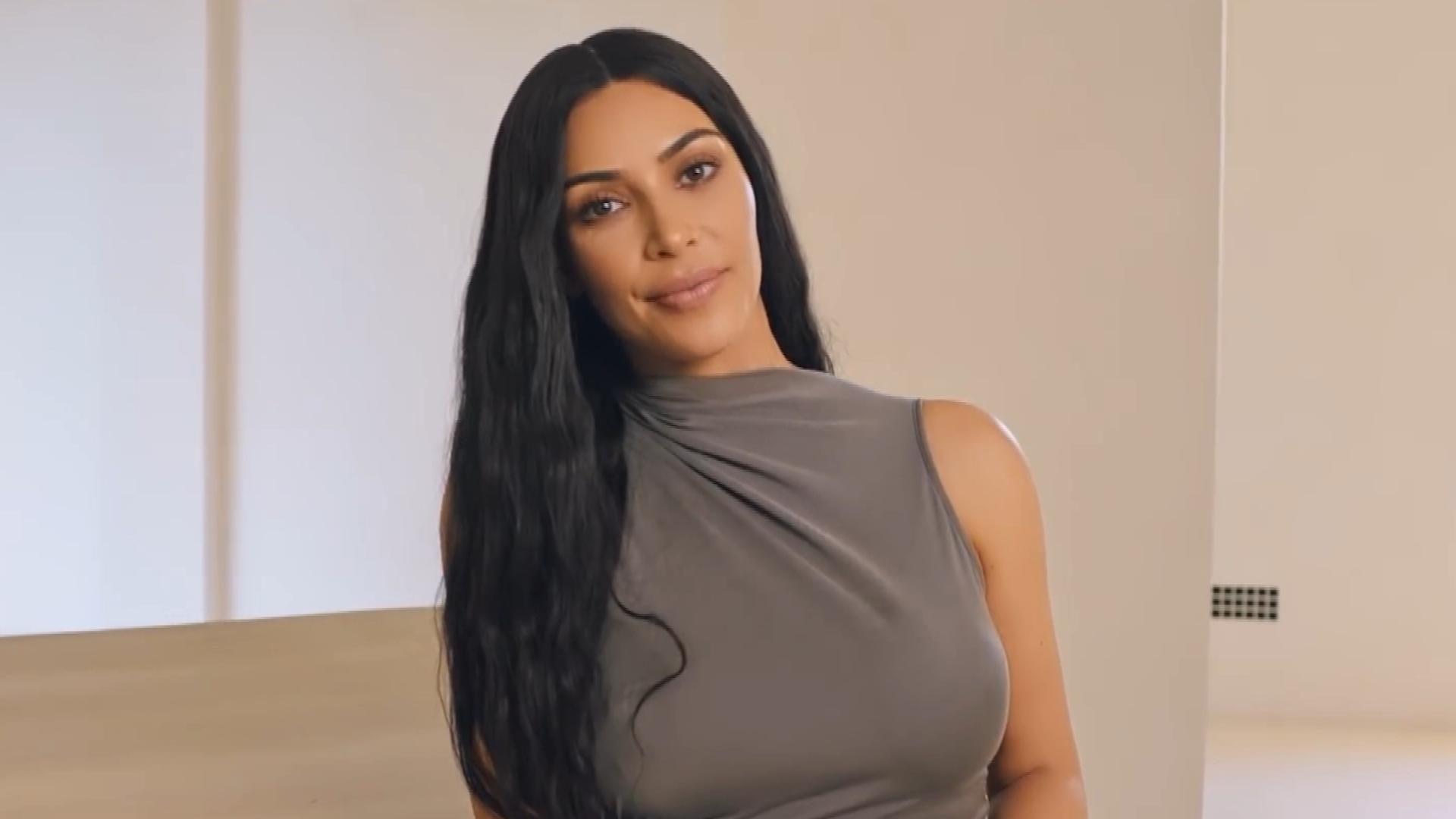
The polarity of assumption: Could Indian fashioners at any point stay on-brand, yet develop
The most brutal pundit wakes up at couture week like a monster in the evening, their eyes scouring the ocean of sequins and silk for any conceivable mistake that can demonstrate a fashioner no longer has ‘the touch’. That circle of pundits is partitioned into two bivouacs; the sort that destroys irregularity, and the sort that destroys equivalence. It turns into a unimaginable extremity; to remain with regards to a visual language you have painstakingly developed as an originator yet to spectacular display, still. What’s more, in all that, not losing the heart (or the dollar) of the client that is supported you many years… The production of a visual language is quintessential; to not have one is to be untied in an expanse of design ability. “The originators I turn upward to have certainly made that visual language-the language is their USP,” says extravagance content maker Sanjana Batra. “Tarun [Tahiliani] and his authority of curtains, Gaurav Gupta’s part dream, part-advanced tasteful, Amit Aggarwal’s avant-gardeness and utilization of reused materials), Rimzim Dadu’s line method, Anamika’s cutting edge outlines perpetually established in Indian art… Those components are important for their DNA”
Beautician Mohit Rai concurs, trying that “the ongoing substance of Indian style is characterized by originators with a plain to see noticeable mark. Rahul Mishra’s string weavings, Falguni Shane with their encouraged finishing and more youthful brands like Bloni and Two Point Two have become unmistakable for their edge, and their utilization of blended media.” Inheritance brands have more to demonstrate, yet Rai trusts Abu Jani and Sandeep Khosla and Tarun Tahiliani swing it, each time. “However they’re couture legends, and perceived for some marks, they keep on exploring different avenues regarding and present new outlines, surfaces, themes and advancements in design cutting each season.
Beautician Isha Bhansali contends it’s the more youthful creators finding their balance that have it harder. “They’ve just barely set up a good foundation for themselves, and to wage the fight between innovative craving and trade possibly becomes more enthusiastically when you’re new, on the grounds that you don’t have a recurrent client yet; you’re not kidding.” She harkens back to the main creator whose visual language addressed her-Wendell Rodricks. “A while ago when I was as yet an understudy, not a beautician, (and a business understudy, at that!), I understood I could constantly perceive his garments.”
The force the fashioner feels between allowing inventiveness to rule and keeping things steady is an extreme double demonstration. “As a fashioner, I truly do feel that there is strain to shock an insightful crowd with each assortment,” says Creator Kanika Goyal. “However, it’s tied in with understanding your image’s development when contrasted with past seasons, and the vision you have for the next few years.” She advocates that virtual entertainment has made a urge to get going for brands to concoct new items continually. “With regards to Indian fashioners, it very well may be both a test and an open door. Indian planners have a rich social legacy and a solid feeling of craftsmanship, which gives them a remarkable point of view on design.”
However, in a situation where being on-brand is significant to making deals and improving (without losing the plot) is the way to fashion importance; is that perfect balance the stuff of fantasies? Bhansali accepts it’s uncommon, yet it very well may be finished. “A few fashioners leave nothing to chance since they know there’s a tasteful that is required from them-however some will shock you reliably. Of the veterans, I feel like Rohit Rahul [Rohit Gandhi + Rahul Khanna] generally shock me with their menswear. Their status radiates through in their craftsmanship, however their thoughts are in every case new. I saw this decorated hoodie in their latest show; and it was so fascinating. They’ve never been streetwear fashioners they are couturiers totally however that hoodie mirrored a development of their image with the times, without a break of their ethos.”
Batra refers to the new Ritu Kumar show for instance. “It’s a test to remain consistent with your image ethos, yet additionally to keep it new. Brand trustworthiness is significant to a brand, so remaining consistent with that starts things out. I think the new Ritu Kumar show is a genuine illustration of that equilibrium; she’s known for her aari and zardozi, however this assortment hit revive on her tasteful; and it was wearable and contemporary. I think it was the champion show for some individuals this season since it kept her ethos alive, yet gave us refreshingly new work. It isn’t kind with a creator; and it’s frequently a cognizant (or subliminal) incline toward either kicking things off, or standing yours. “The strain to develop and shock in the style business can coincide with the need to make for the purchaser on the off chance that creators figure out some kind of harmony among imagination and business reasonability. As a creator, you can do this by grasping the requirements and inclinations of the purchaser and making plans that address those issues; in arrangement with your image rules,” says Goyal. Marks are a critical mainstay, all things considered, which for Goyal is blended media, hand-weaved or hand-beaded themes, splash-color, dismantled outlines and framing, variety hindering, striking print play, upset two-tone denim medicines. “The textures you’ll see most frequently are silk, cotton, fabric, fleece, false calfskin, and reused polyester,” she adds.
Kapoor, on the other hand, places that ‘unique’ is certainly not an undeniable idea right now in the timetable in any case. “In the event that you’re bona fide, you can take a gander at 1,000,000 references yet you’ll in any case birth something that sounds exceptionally yours, truly. It’s generally about the changes. I unequivocally feel that all that as of now exists and as a planner, what I completely appreciate is offering our rendition of it.” Kapoor’s form is many times a more extensive idea which “consistently plays with polar universes how to cover two differentiating components (they generally appear to converge sooner or later), whether it’s road and couture or old and trendy.
The tastemakers have changed by and large, says Rai. “”There’s no denying it’s a scarcely discernible difference to step, however I think-both in India and worldwide individuals are expecting fresher thoughts from even the most settled of fashioners. Purchasing behaviors are not generally directed by storekeepers beauticians have turned into the new merchandisers.” It carries us to the center of the apple; Is advancing genuinely conceivable without losing your image story and-as ignoble as it could appear to discuss it-your client? The response is yes… with a reference mark. Press-wonderful responses that discussion about how development isn’t just imaginable, it’s ‘in every case part of each and every assortment’ a creator rings empty except if you really see it in the tissue; and Rai thinks the issue is certainly more nearby than worldwide. “It’s an elusive slant. From one perspective, everybody needs a plan of action where they earn respect for one center item classification, so they can turn into a critical vender of that item.
Be that as it may, he brings up, the need to enhance is an imaginative driver-and it makes a hole on the lookout for new thoughts in the event that fashioners are not improving. A reality that pundits worldwide comprehend the requirement for, “which is the reason brands like Louis Vuitton can switch around their stories at whatever point they want to, and nobody questions a difference in watch with imaginative chiefs, who continuously get another energy and tasteful key to them. Design pundits in India just liken life span and marking with redundancy, and actually, I feel that is exceptionally restricting to the business overall.”Bhansali feels like the analysis is similarly as connected to individual inclination; particularly with regards to design. “It’s precarious on the grounds that individuals will frequently evaluate according to the viewpoint of ‘Would I wear this or not?’ But client bases are assorted, and analysis needs to represent that. As need might arise to have the option to represent craftsmanship and inventiveness that goes past the limits of your inclinations and check whether somebody is advancing starting there of view or not.
POST A COMMENT
You must be logged in to post a comment.















